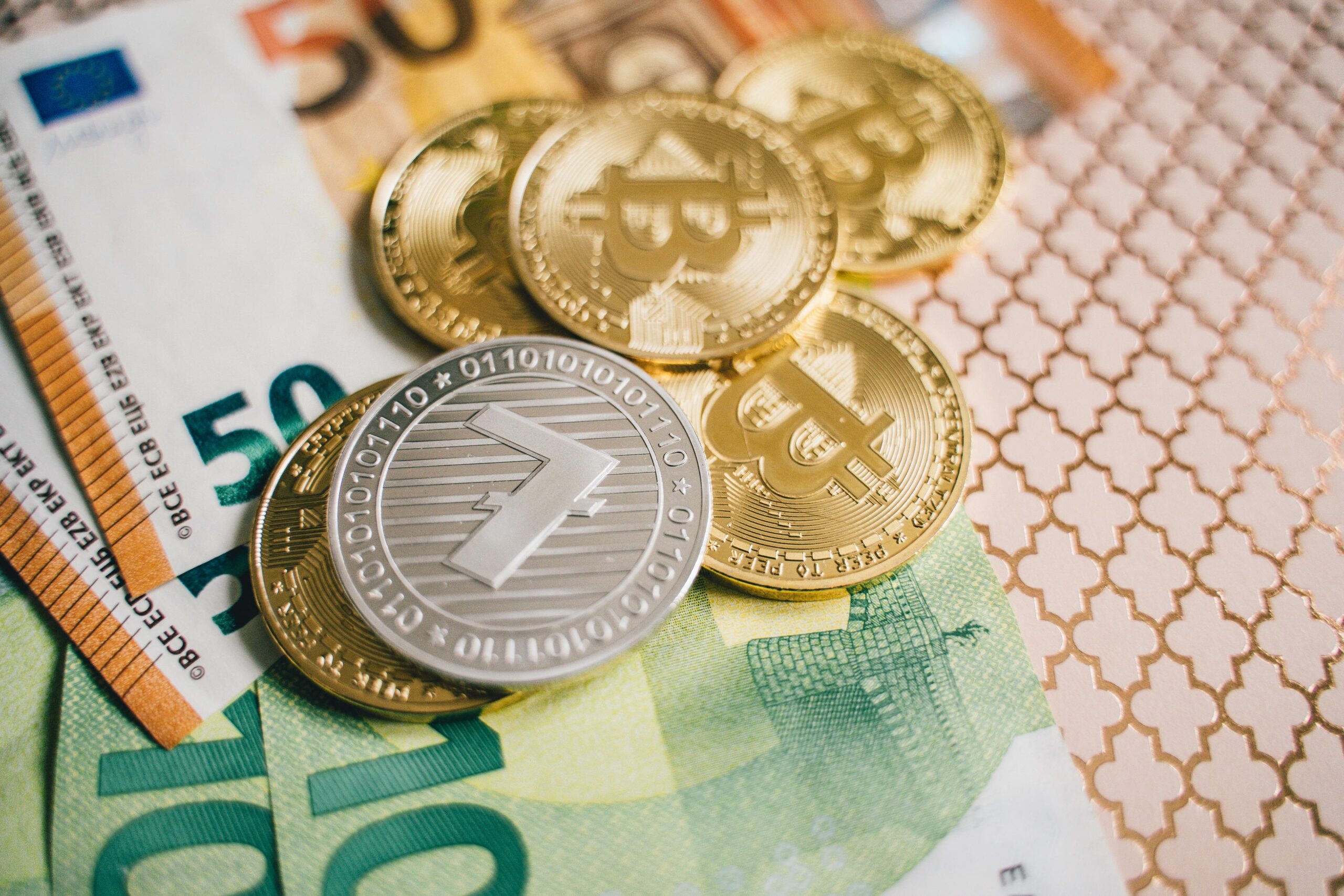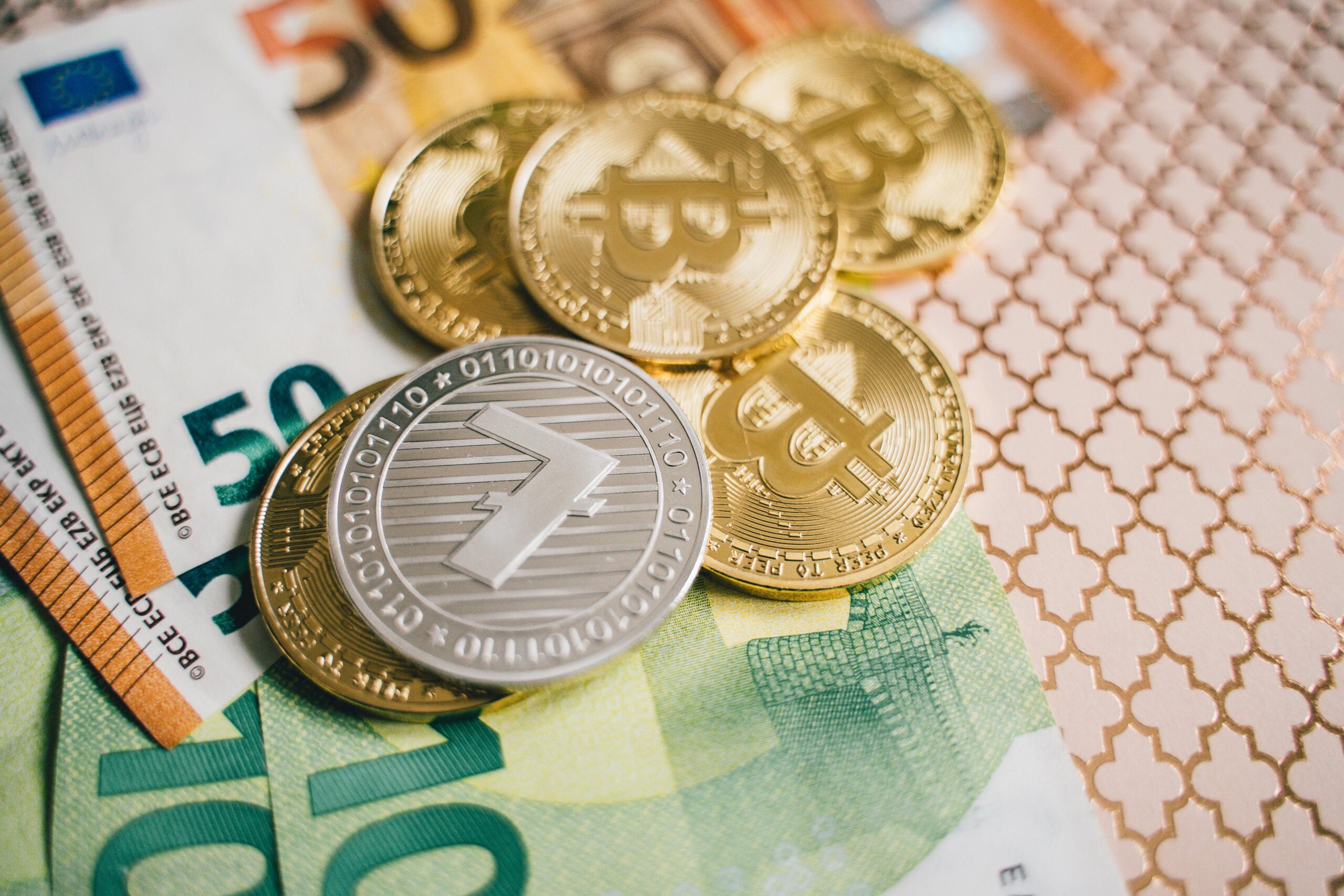In the rapidly evolving world of cryptocurrency, innovation continues to reshape how markets operate. One of the most transformative developments in recent years is the rise of crypto liquidity pools. These decentralized structures have not only democratized trading but also empowered users to earn rewards by contributing liquidity. But how exactly do these pools work, …
How Crypto Liquidity Pools are Changing Trading Dynamics

In the rapidly evolving world of cryptocurrency, innovation continues to reshape how markets operate. One of the most transformative developments in recent years is the rise of crypto liquidity pools. These decentralized structures have not only democratized trading but also empowered users to earn rewards by contributing liquidity. But how exactly do these pools work, and why are they revolutionizing the trading landscape?
What Are Crypto Liquidity Pools?
At their core, crypto liquidity pools are collections of funds locked in a smart contract to facilitate trading on decentralized exchanges (DEXs) like Uniswap, PancakeSwap, and Balancer. Unlike traditional order book models where buyers and sellers are matched, liquidity pools allow trades to occur directly from a pool of assets. This innovation eliminates the need for centralized intermediaries.
How Do Liquidity Pools Work?
Liquidity providers (LPs) deposit pairs of tokens into the pool—for example, ETH and USDC. These funds are then available for traders to swap between tokens. In return for providing liquidity, LPs earn a portion of the trading fees generated by the pool.
A key mechanism behind liquidity pools is the Automated Market Maker (AMM) model. AMMs use algorithms to determine asset prices based on the ratio of tokens in the pool. This approach ensures continuous trading, even in the absence of traditional market participants.
The Benefits of Liquidity Pools
1. Continuous Trading Without Counterparties
Traditional trading models rely on matching buyers and sellers, which can result in delays and inefficiencies. Liquidity pools bypass this problem, offering constant availability for trades.
2. Earn Passive Income
By contributing to a liquidity pool, LPs earn trading fees proportional to their share of the pool. Some platforms also incentivize LPs with additional tokens, creating a lucrative opportunity for crypto holders.
3. Decentralization and Accessibility
Liquidity pools operate without central authority, making them more resistant to censorship and manipulation. They are also accessible to anyone with an internet connection, democratizing financial participation.
4. Reduced Slippage
In highly liquid pools, traders experience minimal slippage—the difference between the expected and executed price of a trade. This stability is especially valuable for large transactions.
Risks Involved
While liquidity pools offer numerous advantages, they are not without risks:
1. Impermanent Loss
When the price ratio of tokens in a pool changes significantly, LPs may experience losses compared to simply holding the tokens. This phenomenon, known as impermanent loss, is one of the biggest challenges for liquidity providers.
2. Smart Contract Vulnerabilities
Since liquidity pools rely on smart contracts, they are susceptible to bugs and hacks. A single vulnerability can result in significant financial losses.
3. Market Volatility
The inherent volatility of cryptocurrencies can impact both traders and LPs, leading to unpredictable outcomes.
Key Players in the Liquidity Pool Ecosystem
1. Uniswap
As a pioneer of the AMM model, Uniswap remains one of the most popular DEXs. Its simple interface and extensive liquidity make it a go-to platform for DeFi enthusiasts.
2. PancakeSwap
Operating on the Binance Smart Chain (BSC), PancakeSwap offers lower fees and faster transactions compared to Ethereum-based platforms.
3. Balancer
Balancer stands out by allowing custom token ratios in liquidity pools, offering greater flexibility for LPs.
4. Curve Finance
Known for its focus on stablecoins, Curve Finance minimizes slippage and impermanent loss for stablecoin trading pairs.
Real-World Impact of Liquidity Pools
Liquidity pools have had a profound impact on the cryptocurrency landscape:
1. Boosting DeFi Adoption
By enabling seamless trading without intermediaries, liquidity pools have fueled the growth of decentralized finance (DeFi) applications.
2. Empowering Users
Users can now participate in market-making activities that were previously reserved for institutional players. This empowerment has democratized financial services.
3. Increased Token Utility
Liquidity pools provide immediate utility for newly launched tokens, facilitating their adoption and integration into the broader crypto ecosystem.
Future Trends and Developments
As the crypto industry continues to mature, liquidity pools are expected to evolve in several ways:
1. Cross-Chain Liquidity Pools
With the rise of interoperable blockchains, we can expect the emergence of cross-chain liquidity pools, allowing assets from different networks to be traded seamlessly.
2. Enhanced Security Measures
Developers are investing in advanced security protocols to mitigate smart contract vulnerabilities and protect user funds.
3. Dynamic Fee Structures
To optimize trading efficiency, future liquidity pools may adopt dynamic fee structures that adjust based on market conditions.
Conclusion
Crypto liquidity pools are undeniably changing the dynamics of trading by providing continuous, decentralized, and accessible markets. They have empowered users, boosted DeFi adoption, and introduced new opportunities for passive income. However, potential participants must be mindful of the associated risks and conduct thorough research before diving in.
As innovation continues, liquidity pools will likely remain at the forefront of crypto advancements, shaping the future of decentralized finance and trading ecosystems.
Laura Graham a journalist with a focus on NFTs and the creator economy, Laura explores how blockchain empowers artists, musicians, and content creators. She frequently interviews industry leaders and Web3 pioneers.











